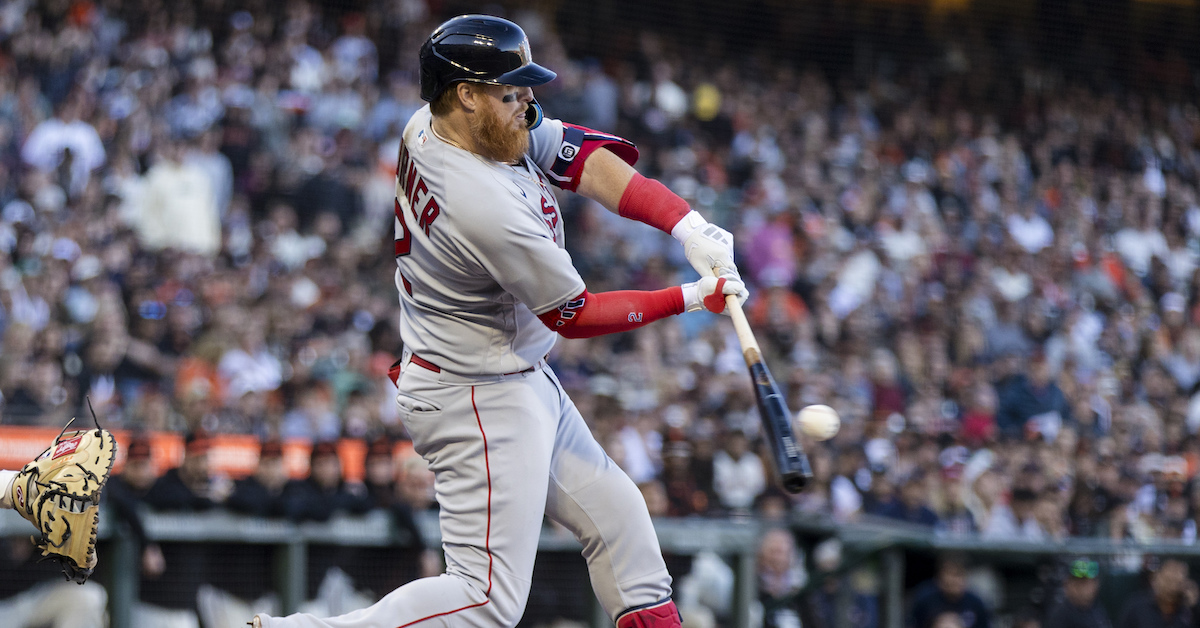The Dodgers Finally Call Fernando Valenzuela’s Number

LOS ANGELES — In an honor that was decades overdue, the Dodgers finally retired Fernando Valenzuela’s number 34 on Friday night at Dodger Stadium. The festivities kicked off Fernandomania Weekend, a three-day celebration of the transcendent superstar’s impact on the franchise, first as a pitcher during his initial 11-season run (1980–90) and then as an analyst on the team’s Spanish-language broadcasts (2003–present). Beyond starring on the field by winning NL Rookie of the Year and Cy Young honors and helping the Dodgers capture a world championship in 1981, Valenzuela emerged as an international cultural icon. He brought generations of Mexican-American and Latino fans to baseball and helped to heal the wounds caused by the building of the very ballpark in which he starred.
Valenzuela’s rise is something of a fairy tale. The youngest of 12 children in a family in Etchohuaquila, Mexico (pop. 150), he was discovered by Dodgers superscout Mike Brito at age 17 and signed the next year (1979). Taught to throw a screwball by Dodgers reliever Bobby Castillo during the 1979 Arizona Instructional League, he went on a dominant run at Double-A San Antonio the following year and was called up to the Dodgers in mid-September. The pudgy and mysterious 19-year-old southpaw spun 17.2 innings of brilliant relief work without allowing an earned run during the heat of a pennant race. He made the team as a starter the following spring, and his career took off when he tossed an Opening Day shutout against the Astros in an emergency start, filling in for an injured Jerry Reuss. He kept putting up zeroes, going 8–0 with seven complete games, five shutouts, and a 0.50 ERA in 72 innings over his first eight starts, drawing outsized crowds in every city where he pitched. Despite speaking barely a word of English, he became an instant celebrity on the strength of a bashful smile, preternatural poise, and impeccable command of his signature pitch, delivered with a distinctive motion that included a skyward gaze at the peak of his windup.
To borrow a metaphor from Erik Sherman, author of the new biography Daybreak at Chavez Ravine, Valenzuela was baseball’s version of the Beatles, a composite of the Fab Four with a universal appeal. He landed on the cover of Sports Illustrated less than two months into his rookie season, an unprecedented event in the magazine’s history. Fernandomania took hold of baseball and survived that summer’s seven-week player strike. In October, the rookie displayed incredible guile, winning two elimination games and preventing the Yankees from taking a 3–0 series lead in the World Series. His Herculean 149-pitch effort in Game 3 turned the tide, helping the Dodgers capture their first championship since 1965. He would play a vital part on two more NL West-winning Dodgers teams and make six All-Star teams before leaving the fold and making stops with half a dozen other major league teams, though he never matched his success in L.A.
On Friday night, a crowd of 49,315 fans, many of them wearing replicas of Valenzuela’s Dodgers and Team Mexico jerseys, showed up early to pay tribute to the beloved pitcher. U.S. senator Alex Padilla, the first Hispanic senator from California; team president and CEO Stan Kasten; retired Dodgers broadcaster Jaime Jarrín, who served as his interpreter during Fernandomania; and former battery-mate Mike Scioscia spoke about Valenzuela’s impact upon the team, the city, and a fan base that expanded radically as it supported him. Sandy Koufax, Julio Urías, and broadcaster Pepe Yñiguez joined them onstage, with broadcaster Charley Steiner serving as master of ceremonies. A mariachi band accompanied a beaming Valenzuela’s walk to the stage. Afterwards, former teammates Orel Hershiser and Manny Mota unveiled the number 34 on the Dodgers Ring of Honor. Read the rest of this entry »







